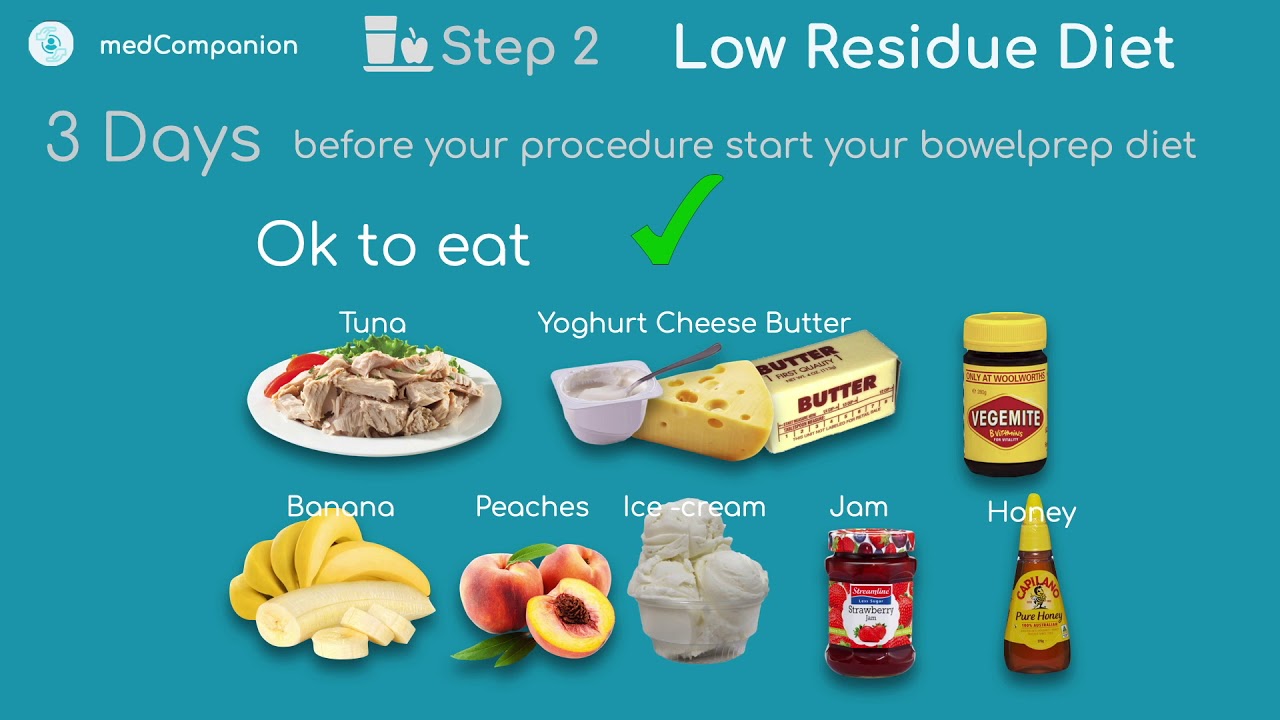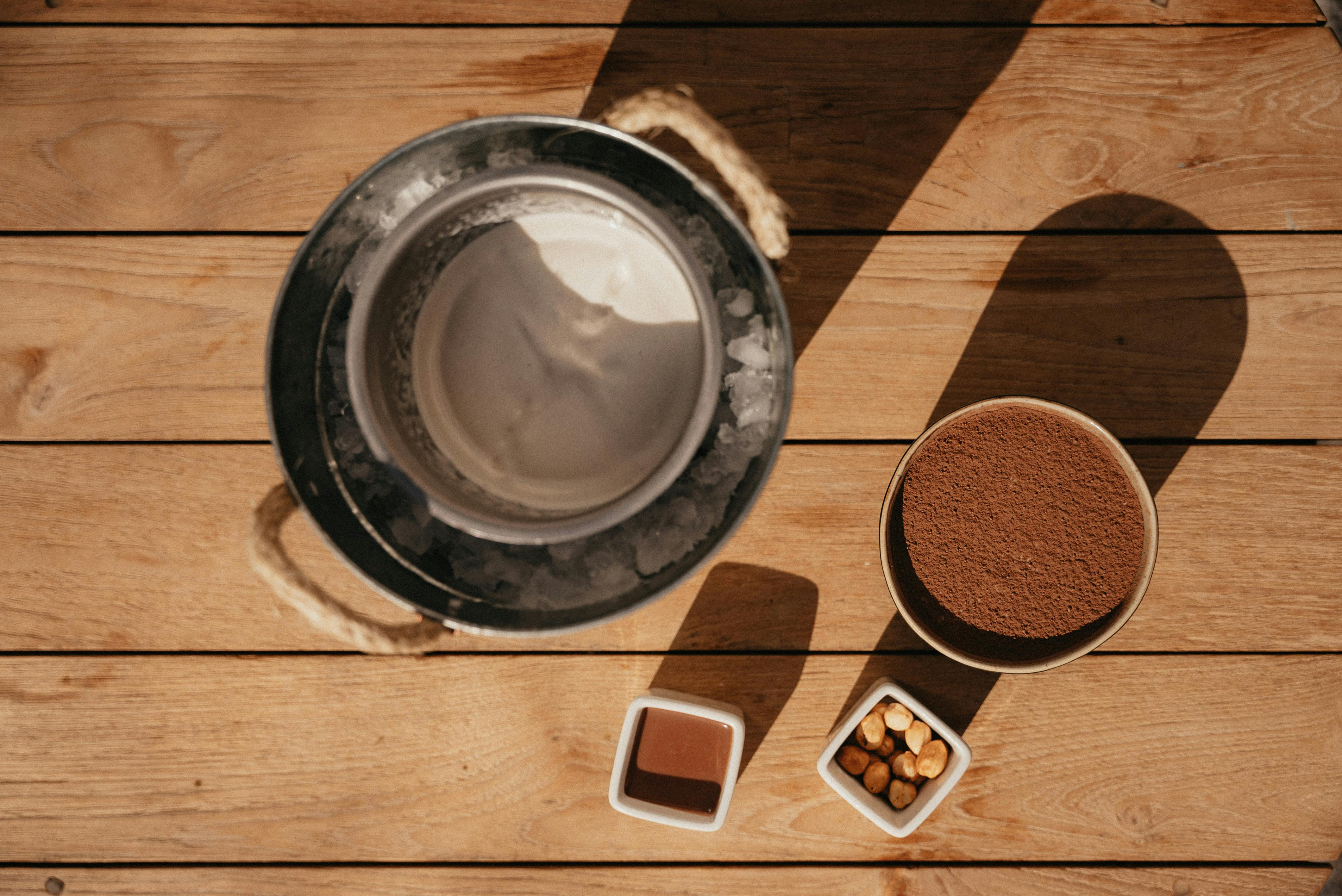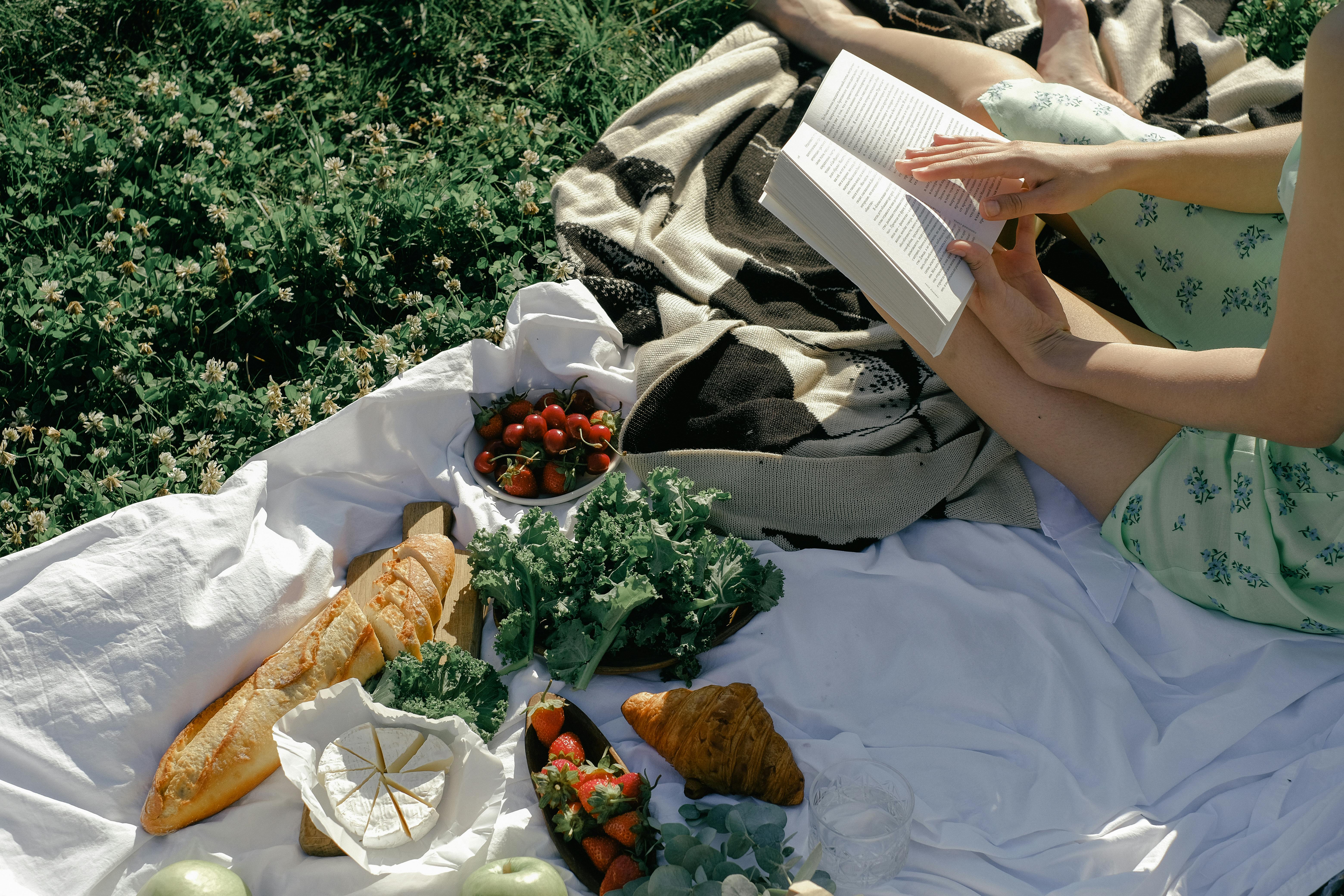Smart Ways to Bake Thin Pork Chops for Delicious Results in 2025

Smart Ways to Bake Thin Pork Chops for Delicious Results
Baking thin pork chops can yield juicy, tender results if done correctly. With the rise of home cooking, mastering the art of baking pork chops has become essential for meal preparation. In 2025, families seeking quick, flavorful dishes can benefit from knowing how to best cook thin pork chops in the oven. The importance of perfect techniques, including appropriate timings and baking temperatures, cannot be overstated. This guide will walk you through effective baking methods, provide cooking times, and outline seasoning options that can elevate your thin pork chop recipes to delicious heights.
In this article, we will cover the essentials of cooking thin pork chops including how long to bake pork chops, optimal baking temperatures, and best practices to keep them juicy and flavorful. By the end, you’ll be equipped with all the information needed to make perfectly baked pork chops every time, as well as insights into side dishes and marination techniques. So, let’s dive into these smart baking strategies!
Understanding Thin Pork Chop Baking Techniques
Building on the basics of cooking thin pork chops, it’s essential to delve into the various techniques that can enhance flavor and texture. Utilizing different baking techniques can make a world of difference in achieving tasty, moist pork chops. The baking environment plays a critical role in how well these chops cook, which brings us to key recommendations for optimal baking.
Optimal Baking Temperature for Pork
When baking thin pork chops, the internal temperature is crucial for achieving doneness without sacrificing flavor. The best way to bake pork chops is at an oven temperature of approximately 400°F (200°C). This temperature allows for a crispy exterior while locking in moisture. It's recommended to use a meat thermometer to accurately gauge the internal temperature of the chops, aiming for 145°F (63°C) for perfect doneness. Below are practical steps to ensure you're baking at the right temperature:
- Preheat your oven to 400°F (200°C).
- Place your seasoned thin pork chops on a greased baking sheet.
- Use a meat thermometer to check the internal temperature before removing them from the oven.
Remember that thin pork chops often cook quickly, so having your oven preheated is essential to avoid overcooking.
Cooking Time for Thin Pork Chops
The baking time for pork chops varies based on thickness but for thin chops (around 1/2 inch), an estimated cooking time is usually around 15-20 minutes. However, you should always refer to the actual temperature for doneness rather than just relying on time. Here’s how to best manage that:
- After 10 minutes, check on the chops and flip them halfway to ensure even cooking.
- Continue checking every few minutes until the internal temperature reaches 145°F (63°C).
Monitoring time closely will enable you to serve juicy thin pork chops every time!
How to Keep Pork Chops Moist While Baking
Keeping pork chops moist is a common concern, but there are effective strategies to achieve tenderness. Marinating thin pork chops before baking can significantly enhance their juiciness and flavor. A marinade typically consists of acids (like vinegar or citrus), oil, and seasonings. Additionally, consider these baking techniques:
- Baking chops on a bed of sliced onions or vegetables can add moisture.
- Covering the baking dish with foil for the first half of the baking time can trap steam.
- Resting the pork chops for a few minutes after baking allows juices to redistribute, ensuring a juicy bite.
Using these techniques, combined with proper marination, will lead to optimal results in baking thin pork chops.
Flavoring Thin Pork Chops for Maximum Taste
This naturally leads us to the tantalizing topic of flavoring your thin pork chops. Incorporating various seasoning techniques can significantly enhance the overall flavor profile. Whether you're using a dry rub or a marinade, knowing how to flavor your pork chops is key to delicious results.
Seasoning Options for Pork
Using the right seasonings is pivotal for transforming the taste of thin pork chops. Classic flavor combinations include:
- Garlic and rosemary for a savory punch.
- Brown sugar and paprika for a sweet-savory crust.
- Cayenne pepper for a spicy kick.
When preparing seasoned thin pork chops, it’s best to apply your seasoning mix at least 30 minutes prior to baking, or even overnight, to allow the flavors to penetrate the meat. This preparation step helps to set the foundation for a well-seasoned dish.
Marinating Thin Pork Chops
Marinating thin pork chops not only enhances flavor but can also lead to a more tender result. Here are common ingredients to include in your pork chop marinades:
- Acids (like lime juice or vinegar) to tenderize the meat.
- Oil to prevent the chops from drying out.
- Herb blends to add freshness.
A great marinade could be a mixture of soy sauce, olive oil, garlic, and honey, offering both sweet and savory notes. Allow the pork to marinate for at least 30 minutes, or up to overnight, for best results.
Baking Pork Chops with Herbs
Incorporating fresh or dried herbs into your baking strategy adds depth to the flavor profile of pork chops. Some popular herbs for pork include:
- Thyme: Adds a subtle earthiness.
- Sage: A classic pairing with pork.
- Parsley: Adds freshness and vibrancy.
Sprinkle chopped herbs directly onto the pork before baking, or mix them into your marinade for an aromatic enhancement that complements the meat beautifully.
Guidelines for Baking Pork Chops Perfectly
With these flavoring strategies explored, it’s essential also to follow guidelines that ensure perfectly baked pork chops every time you cook. Understanding optimal techniques and intermittent checks can make all the difference.
Checking for Doneness
Knowing how to tell when pork chops are done is crucial. Using a meat thermometer provides the most accurate indication. Aim for an internal temperature of 145°F (63°C). Here are additional tips to ensure proper doneness:
- Color: Look for a slight blush; they should not be gray.
- Firmness: Gently press the center; if it’s firm yet springy, they are likely done.
- Juices: Should run clear; pink juices indicate undercooked meat.
Applying these practices will guarantee that your thin pork chops are not only safe to eat but also remain tender and moist.
Baking Pork Chops on Foil
One useful baking tip is utilizing aluminum foil when preparing thin pork chops. Baking pork chops on foil can dramatically cut down on cleanup time and helps to keep the chops moist. Here's how:
- Line your baking sheet with foil before placing the seasoned pork chops.
- Seal the foil around the edges to trap moisture.
- Uncover for the last few minutes to achieve a crispy finish.
Using foil enhances not only maintenance but can also contribute to the integrity of the cooking environment, maintaining juiciness while baking.
Best Sides to Serve with Baked Pork Chops
Now that you have mastered how to bake thin pork chops, it’s time to think about what to serve alongside them. The right side dishes can complement the flavors of your pork chops beautifully. Let’s explore some of the best side dishes that work well with this tasty main course.
Healthy Sides for Pork Chops
When serving baked pork chops, pairing them with healthy sides enhances the overall dish’s nutritional value. Consider these options:
- Steamed vegetables: Broccoli or green beans add color and vitamins.
- Quinoa: A complete protein that adds a nutty contrast.
- Sweet potatoes: Their natural sweetness pairs well with savory pork flavors.
These options not only provide a balanced meal but also create an exciting palette of flavors on your dining plate.
One-Pan Meals with Pork
For busy weeknights, creating one-pan meals is a lifesaver. Incorporating your pork chops with vegetables in the same dish simplifies the cooking process. Here is how to do it:
- Arrange thin pork chops in the middle of your baking sheet.
- Add sliced zucchini, bell peppers, and potatoes around them.
- Drizzle everything with olive oil and season well before baking.
One-pan meals not only save time on cleanup but also allow flavors to meld beautifully as they cook together.
Tips for Cooking Pork Chop Leftovers
To maximize your kitchen efforts, learning tips for storing and repurposing leftover cooked thin pork chops is invaluable. This approach can help reduce waste while offering delicious options for subsequent meals. Turning leftovers into new creations can be both fun and skillful!
Storing Leftover Baked Pork Chops
Store your leftover pork chops in an airtight container within two hours of baking. They can safely be refrigerated for up to 3-4 days. When heating leftovers, consider the following:
- Moisture: Add a splash of broth when reheating to prevent dryness.
- Microwave: Use a microwave-safe dish covered with a damp paper towel.
- Oven: Reheat at 350°F (177°C) until warmed throughout, usually about 10-15 minutes.
These storage techniques preserve flavor and texture, thus ensuring that reheated pork chops remain enjoyable.
Repurposing Leftovers into New Dishes
Utilizing leftover pork chops opens up creative potential for quick meals. Choose options such as:
- Thinly slicing for sandwiches or wraps.
- Chopping and mixing into salads for added protein.
- Incorporating into stir-fries with vegetables for an easy weeknight dinner.
Leveraging leftovers can lead to new culinary experiences while minimizing food waste in your home.
Conclusion: Baking Thin Pork Chops with Confidence
By mastering the techniques and strategies outlined in this guide, you’ll be well on your way to baking thin pork chops that are flavorful, juicy, and offer a delightful dining experience. Whether it’s understanding the ideal baking temperatures and times, flavoring with delicious marinades and herbs, or creating perfect side dishes, these smart ways will surely elevate your cooking game.
Embrace these baking tips and start crafting your delicious thin pork chop recipes today, ensuring satisfaction at your dinner table. Happy baking!

